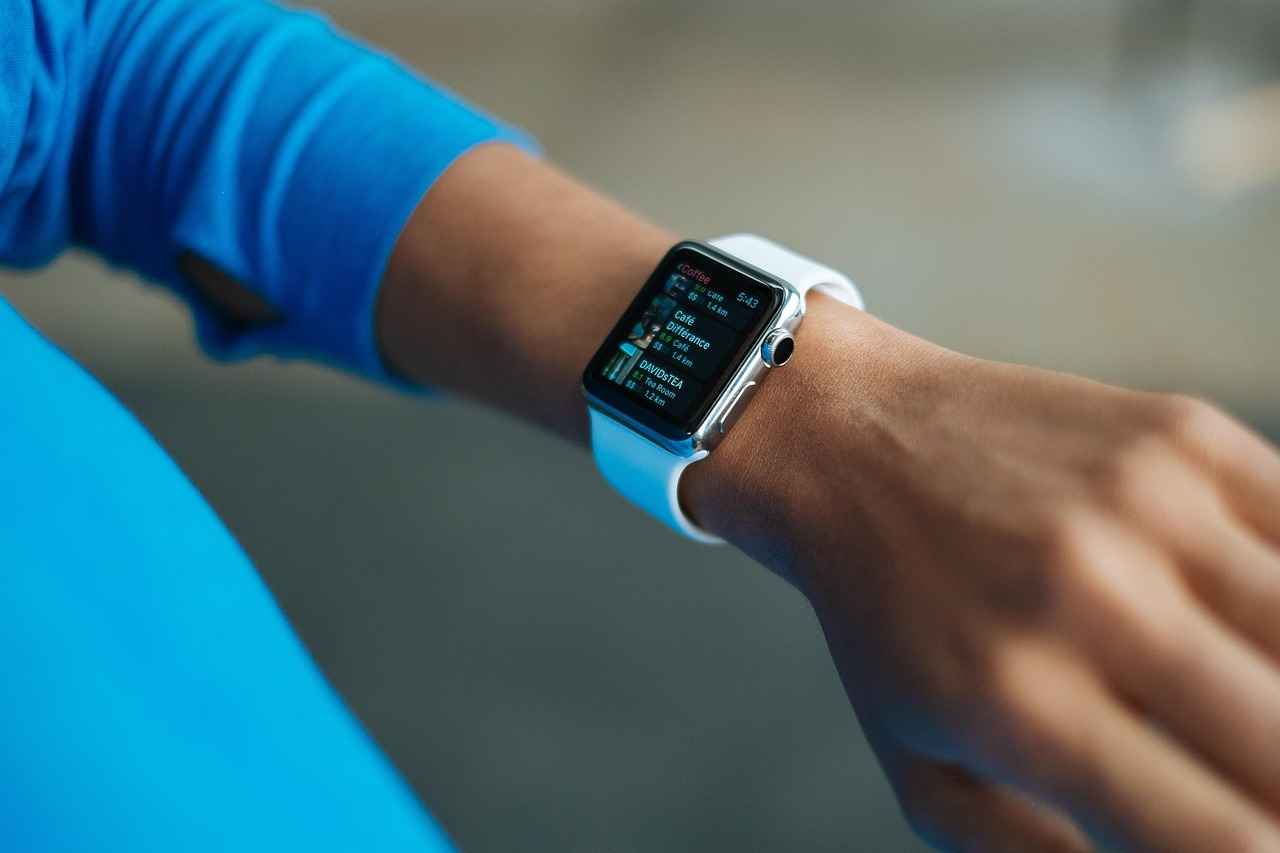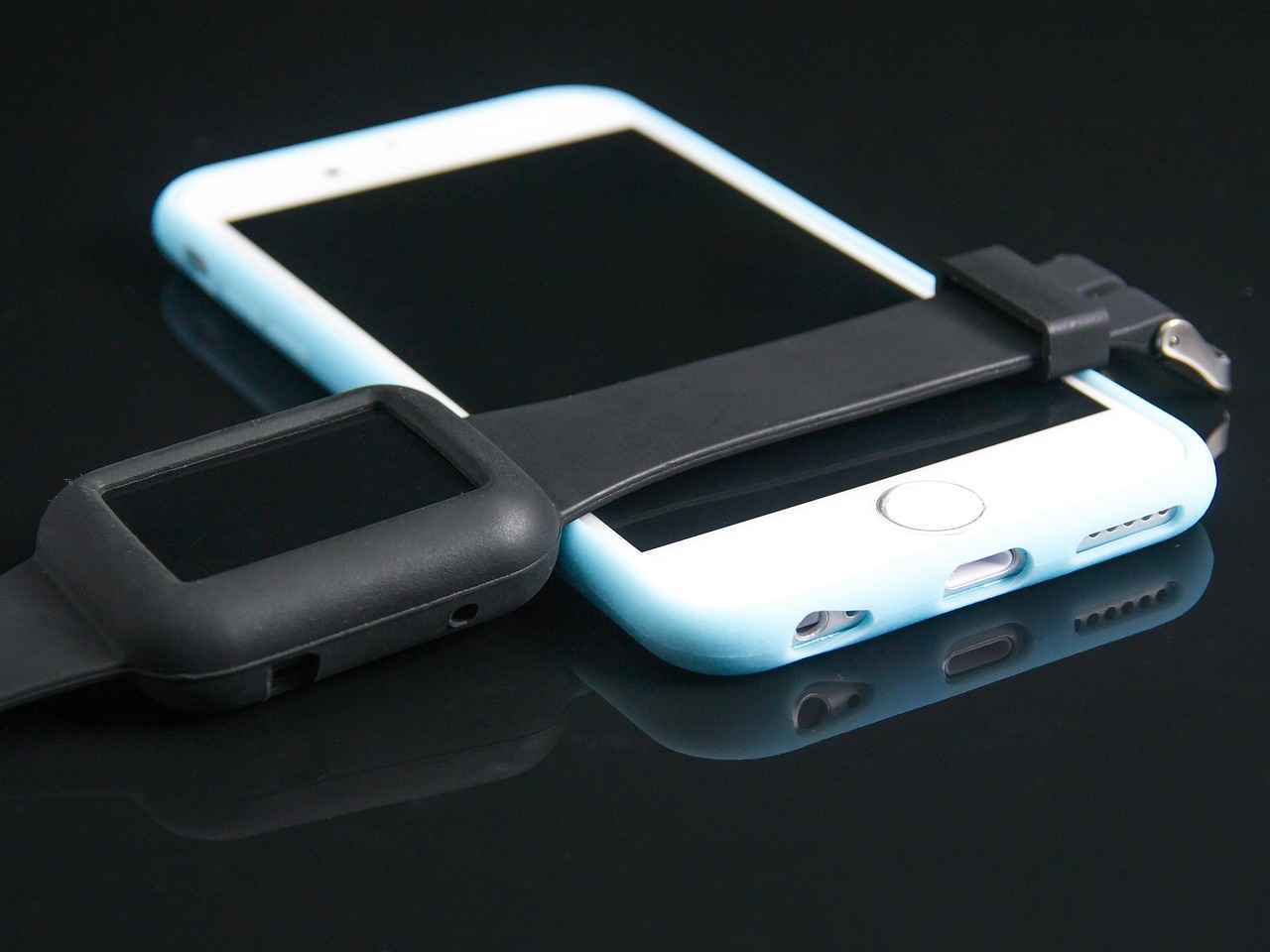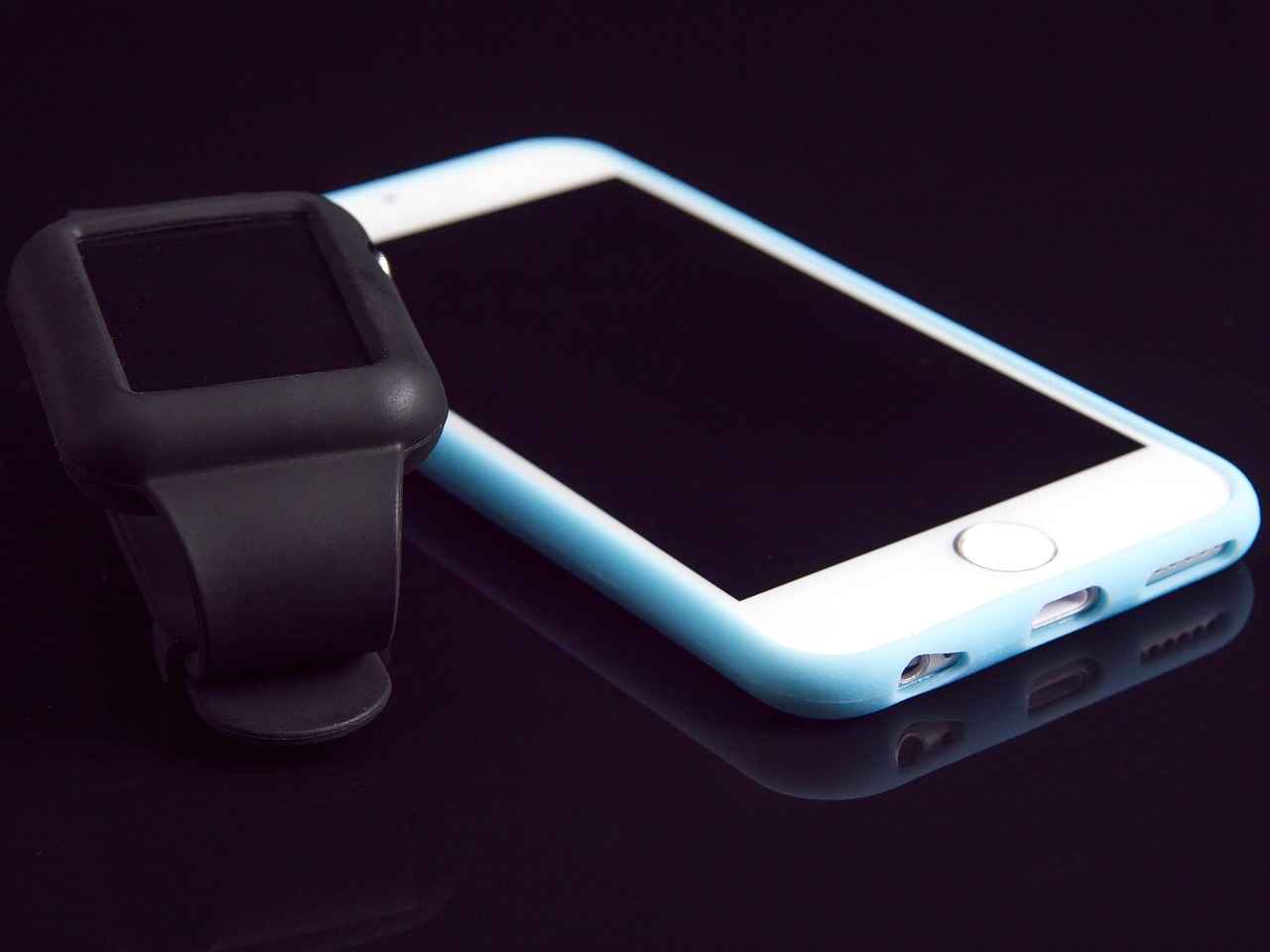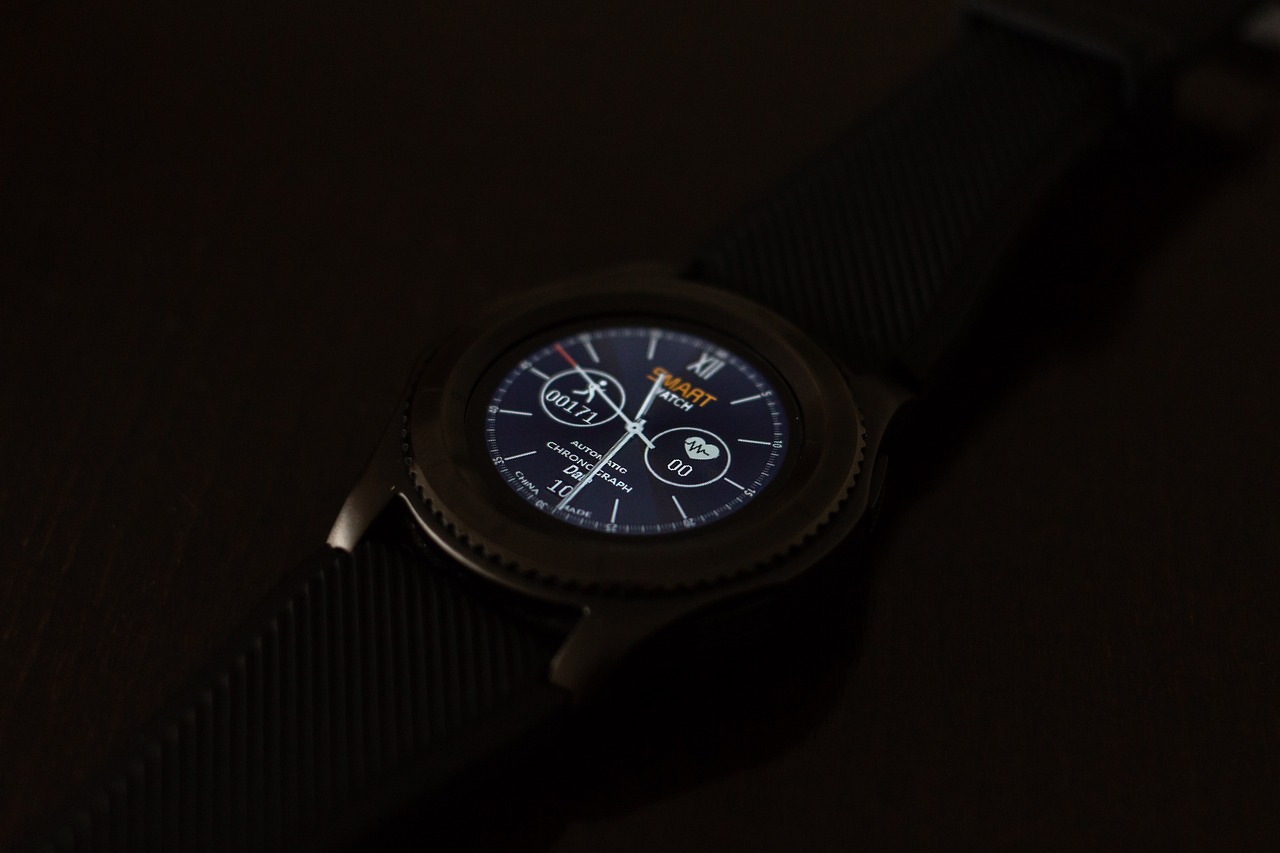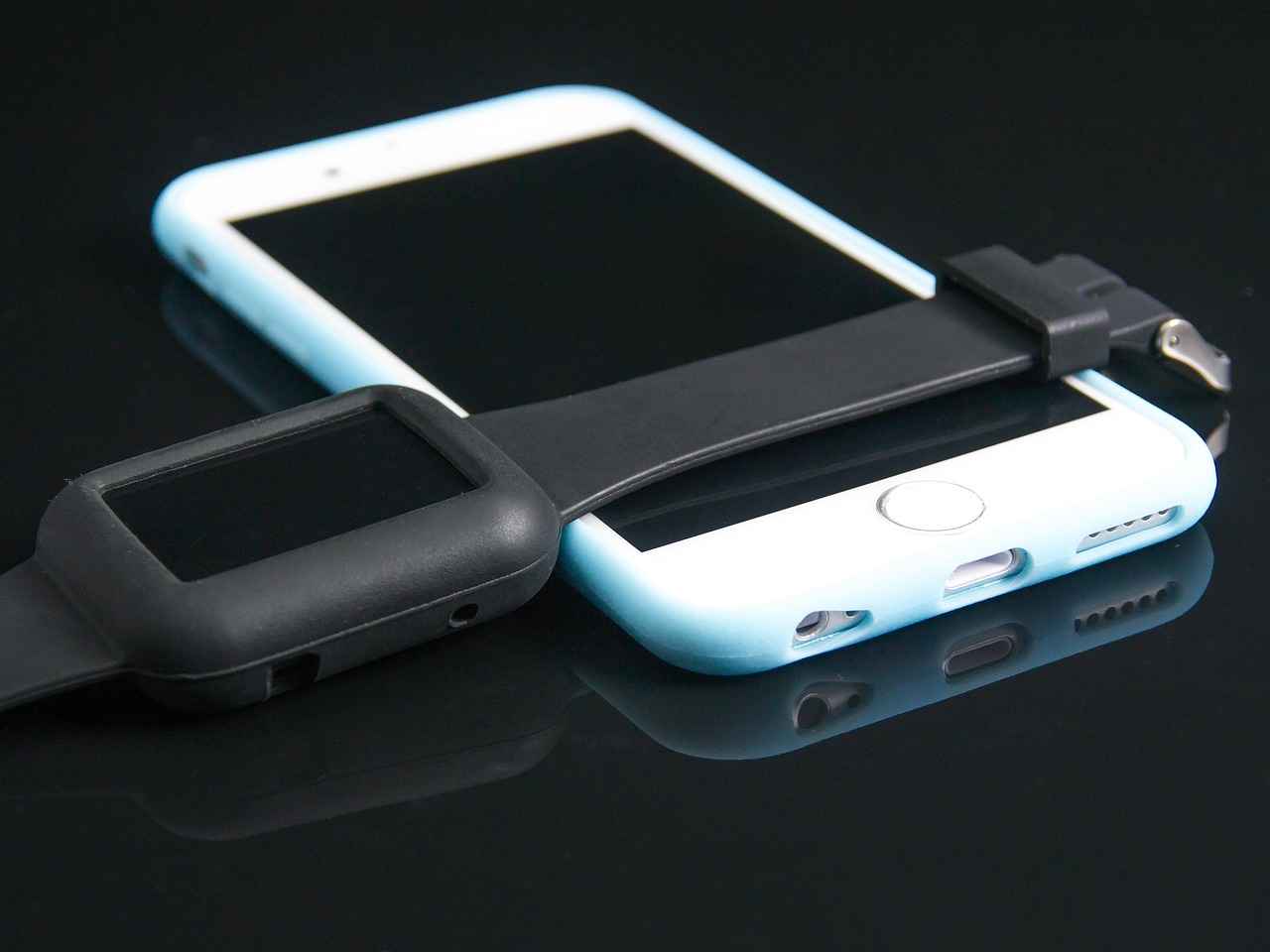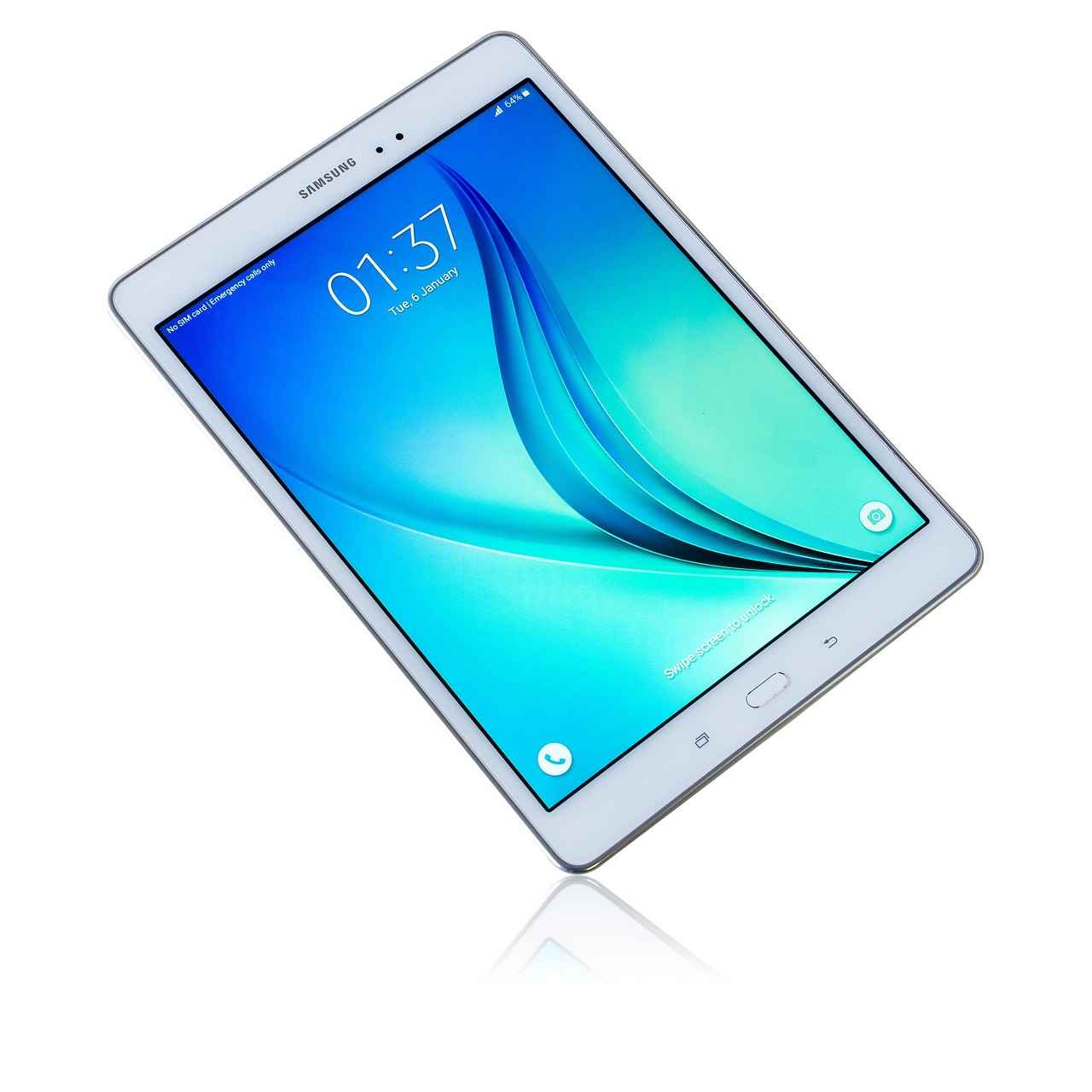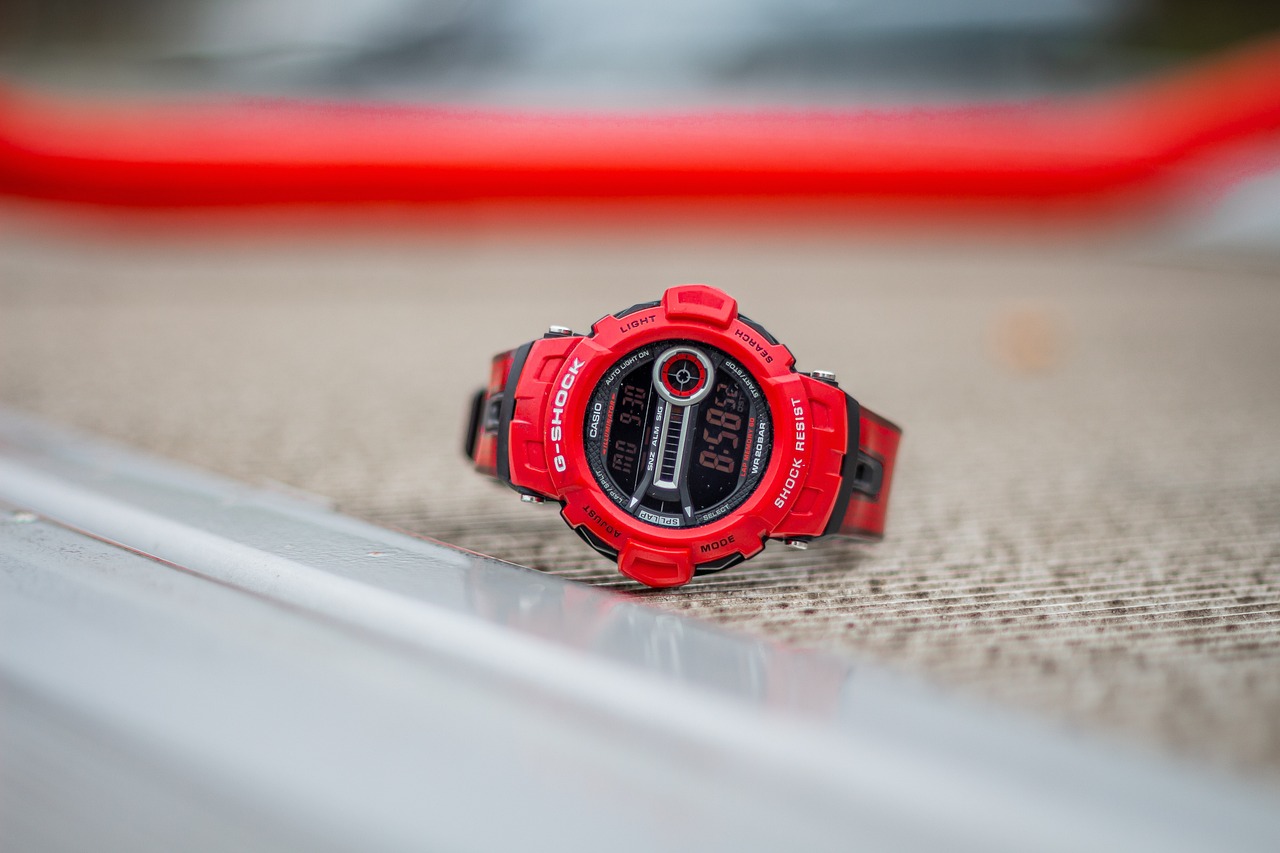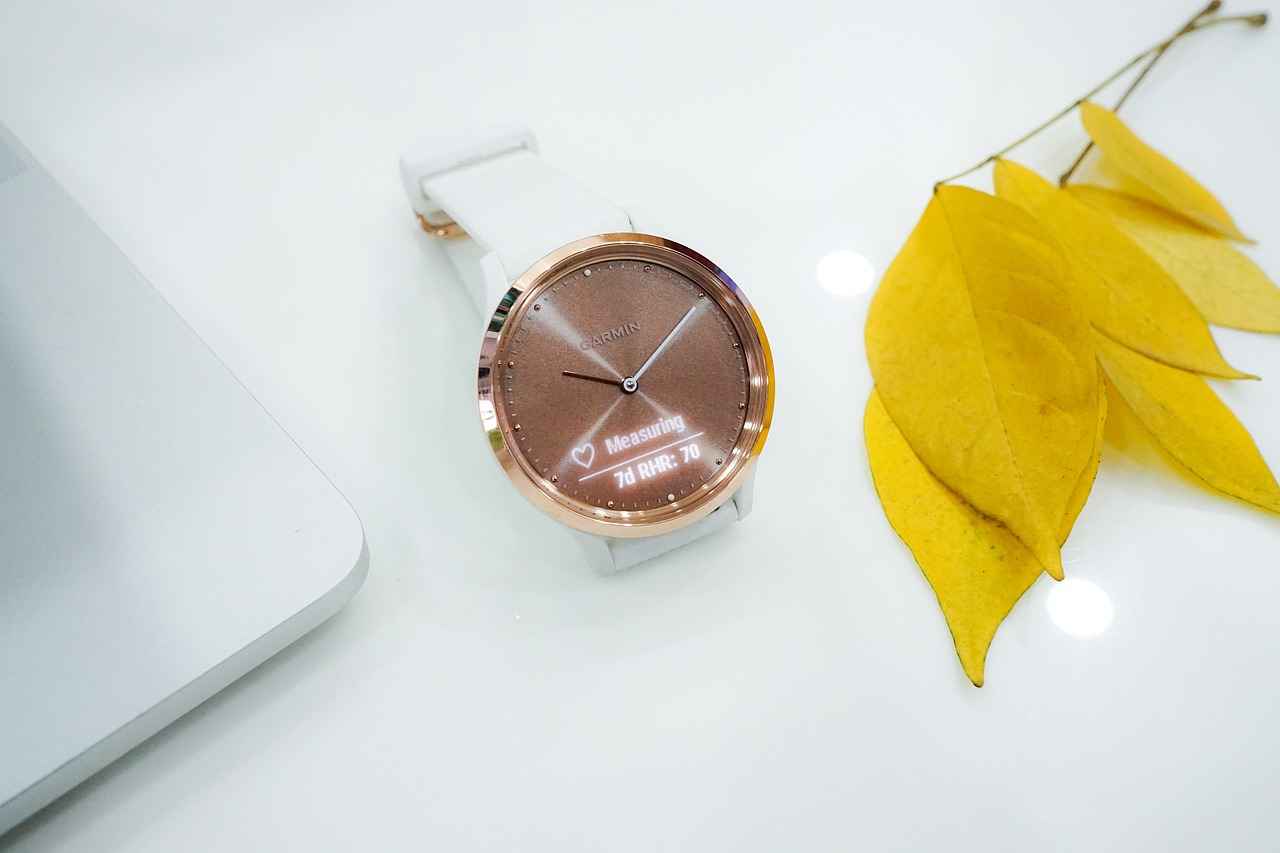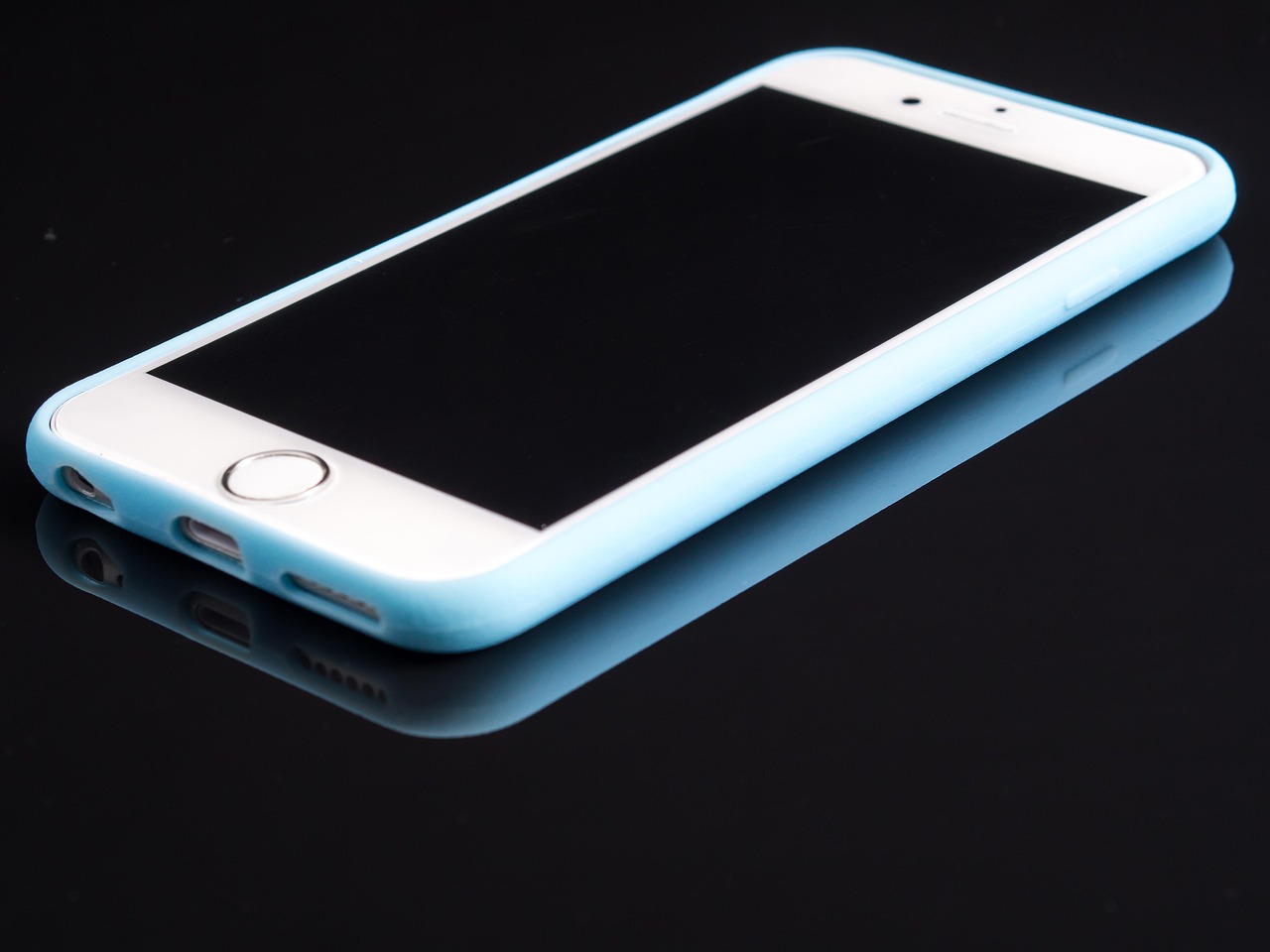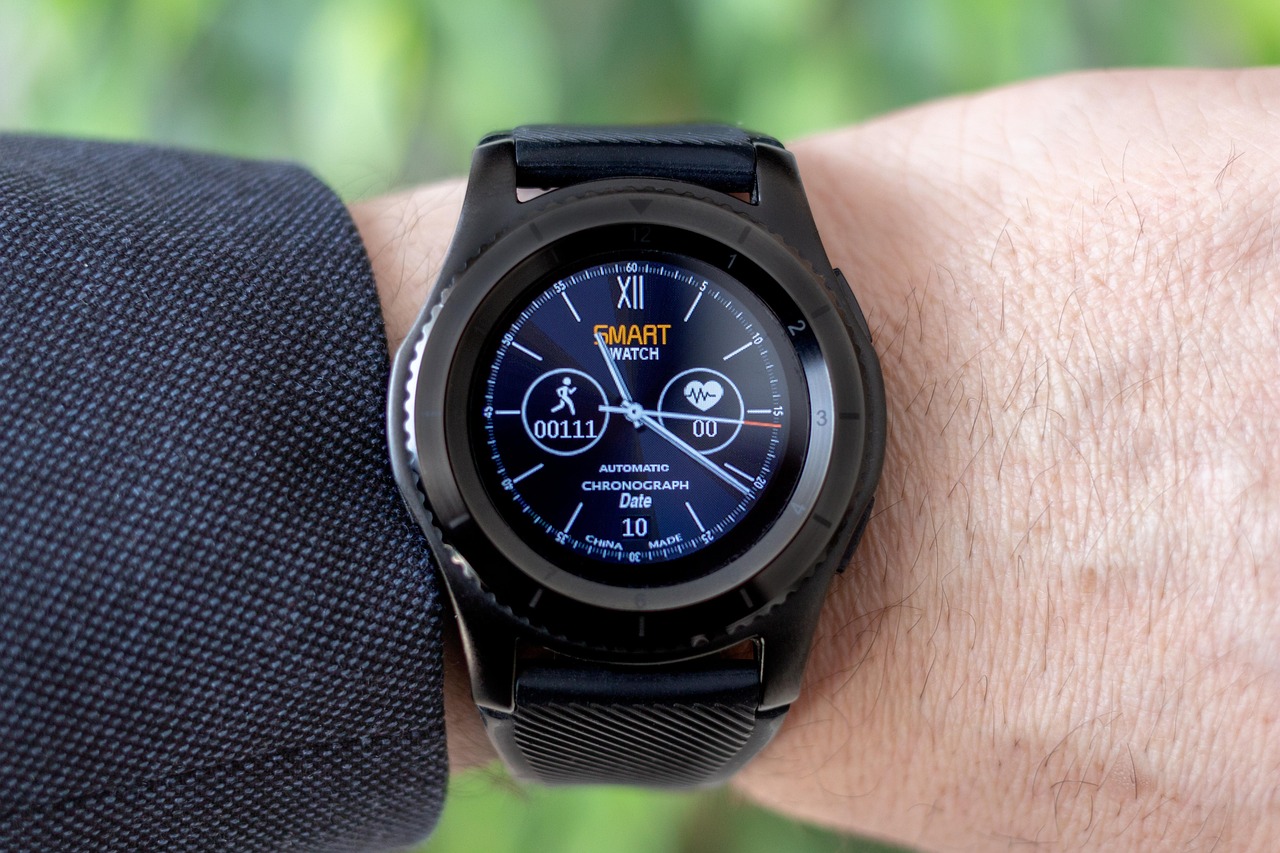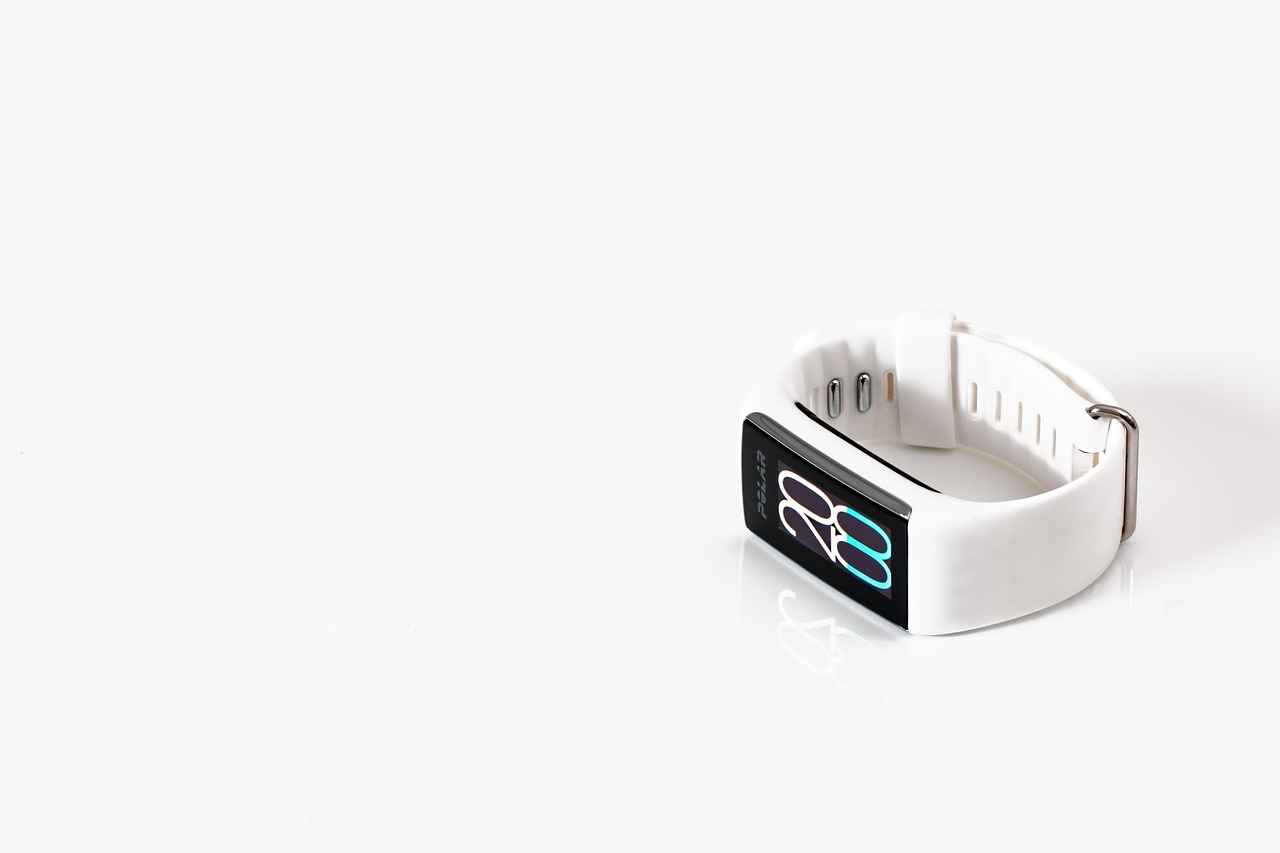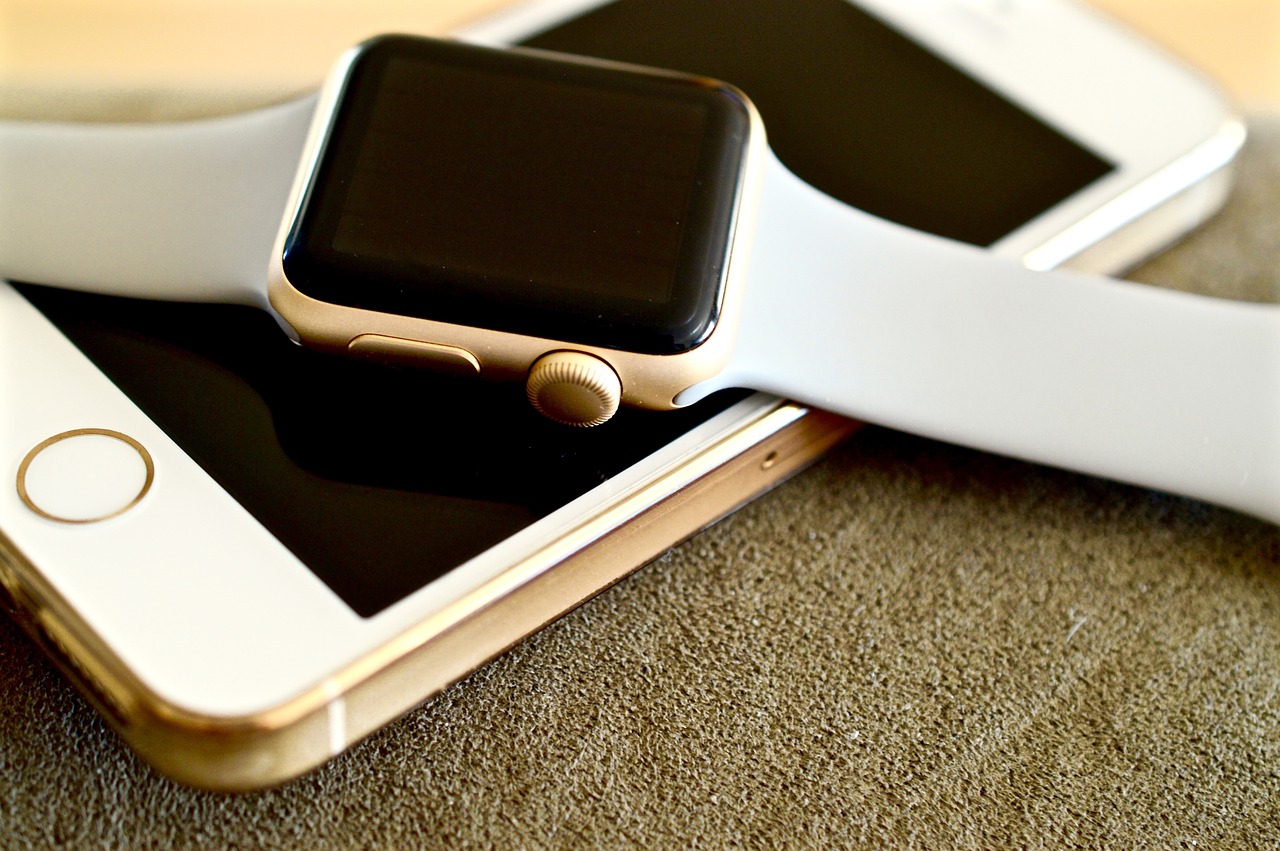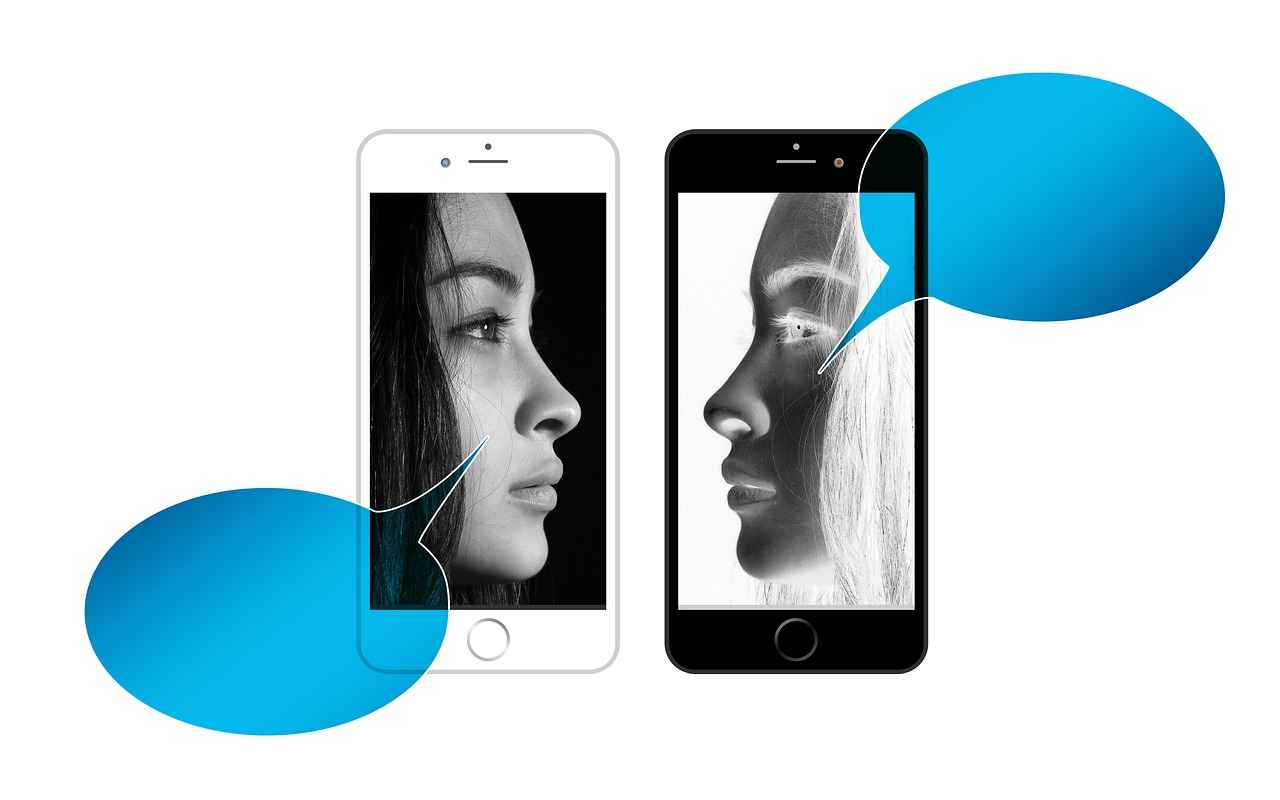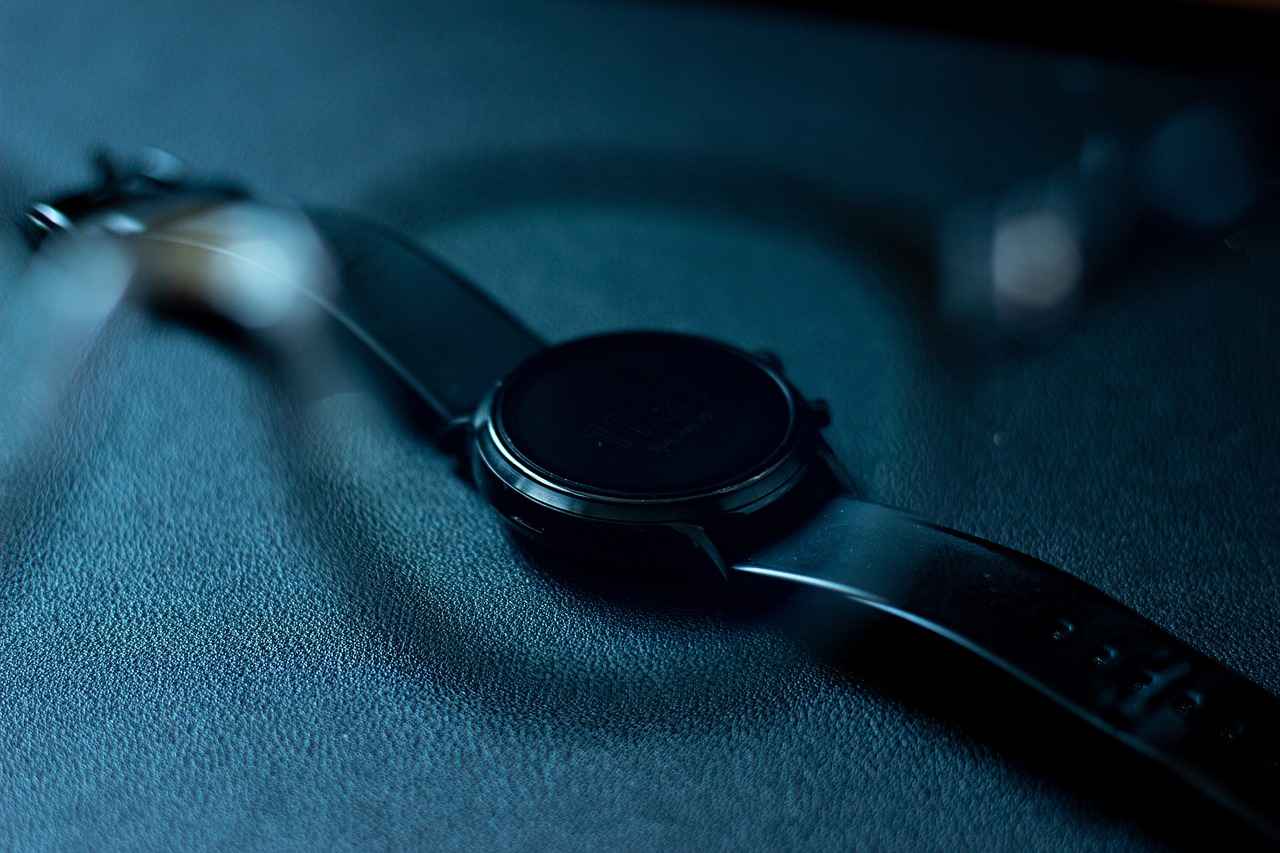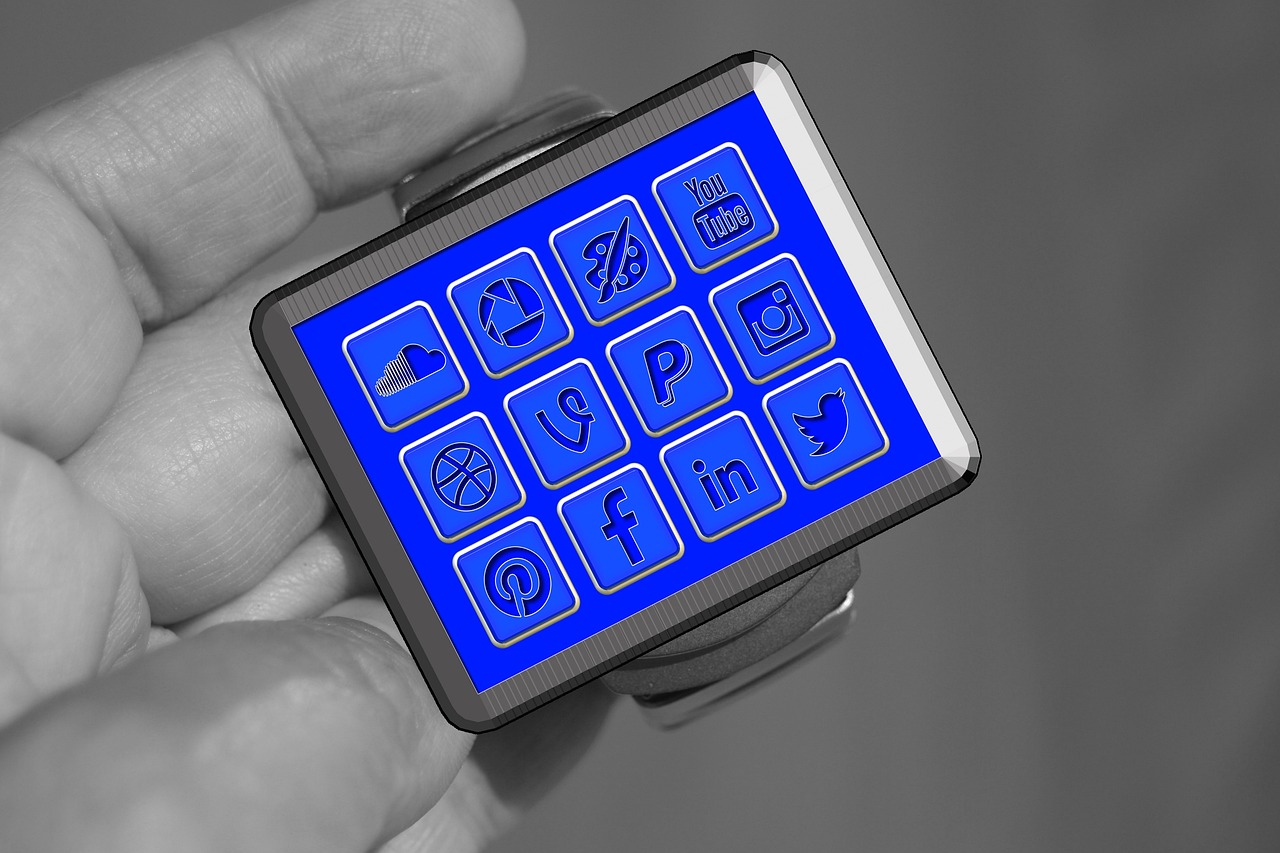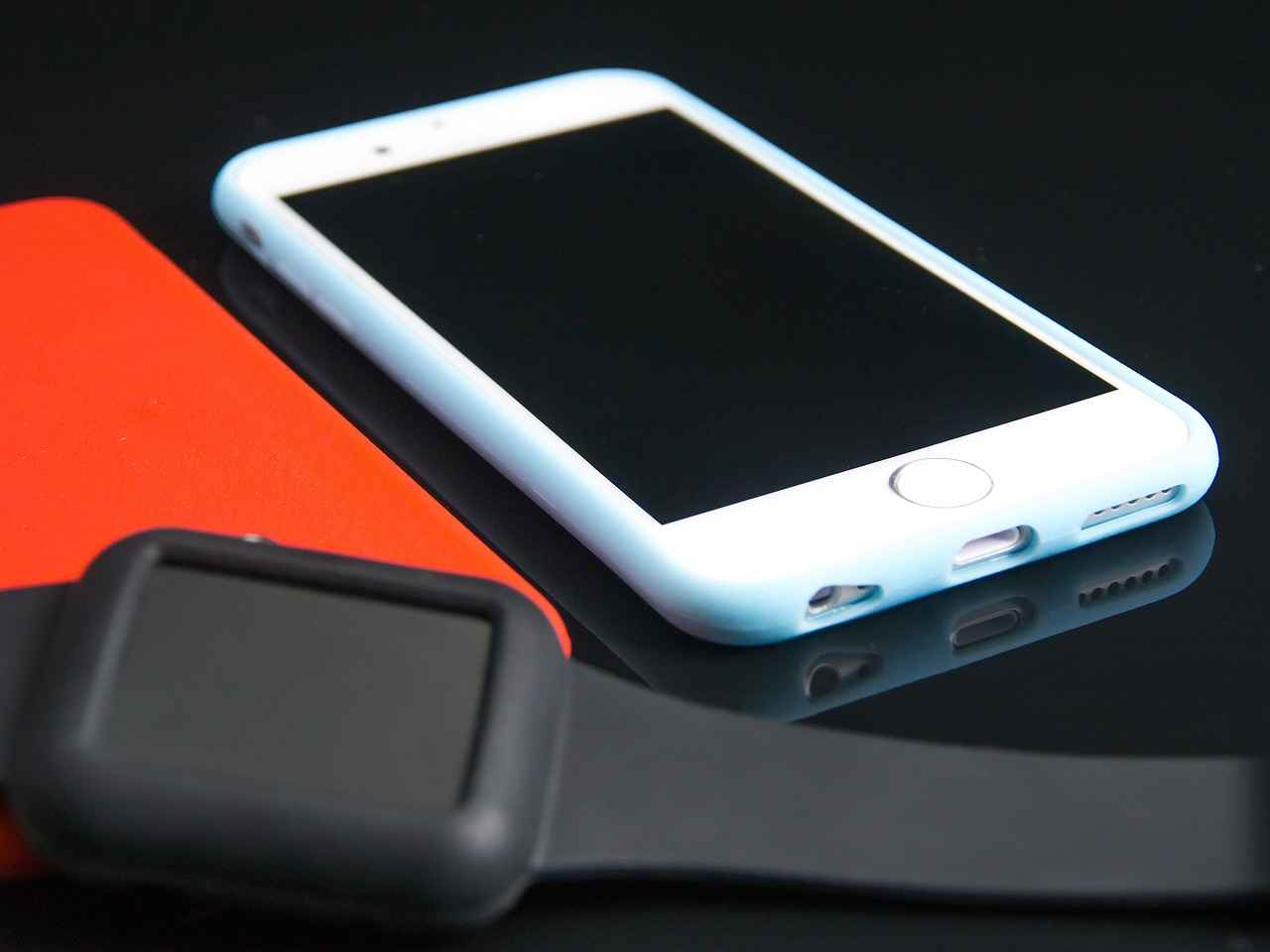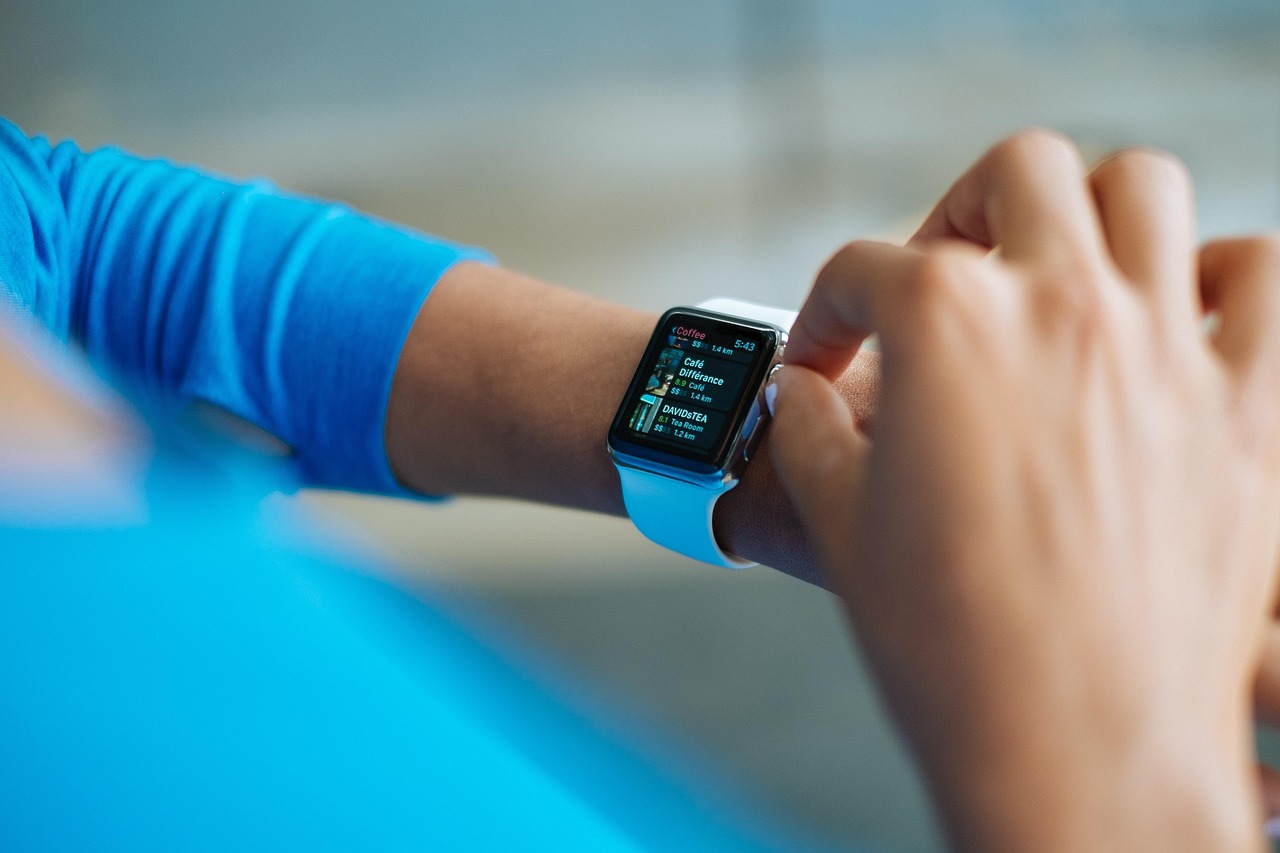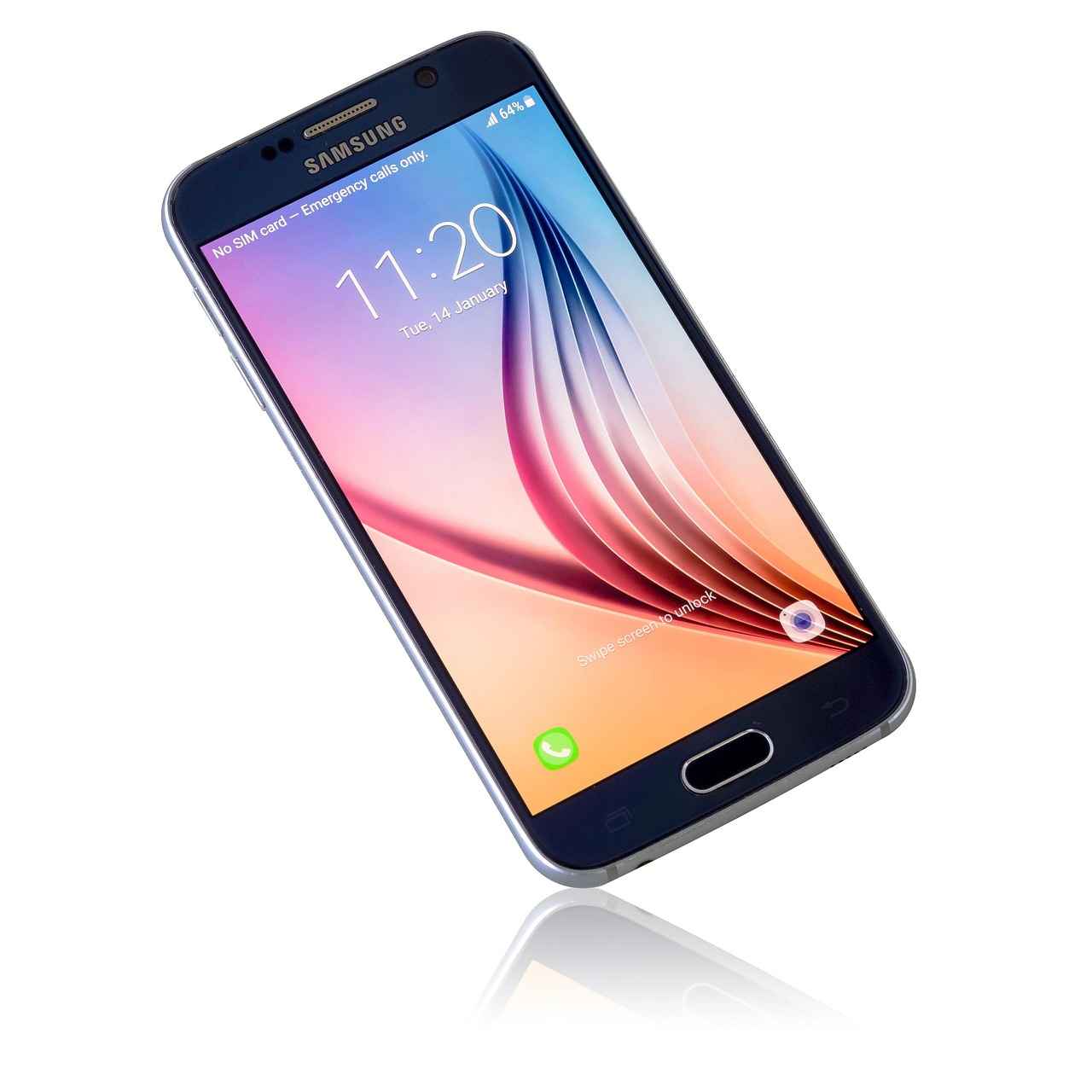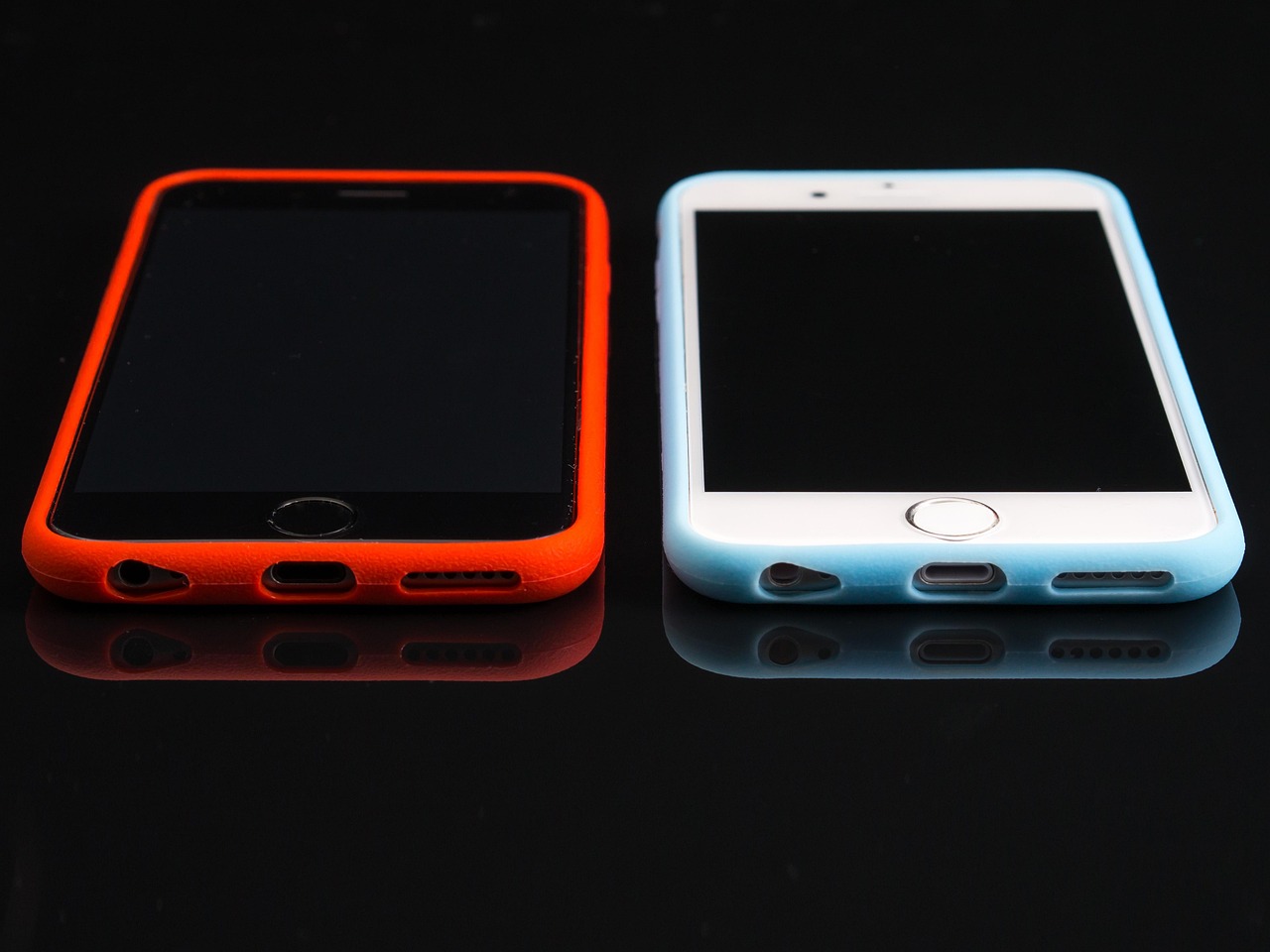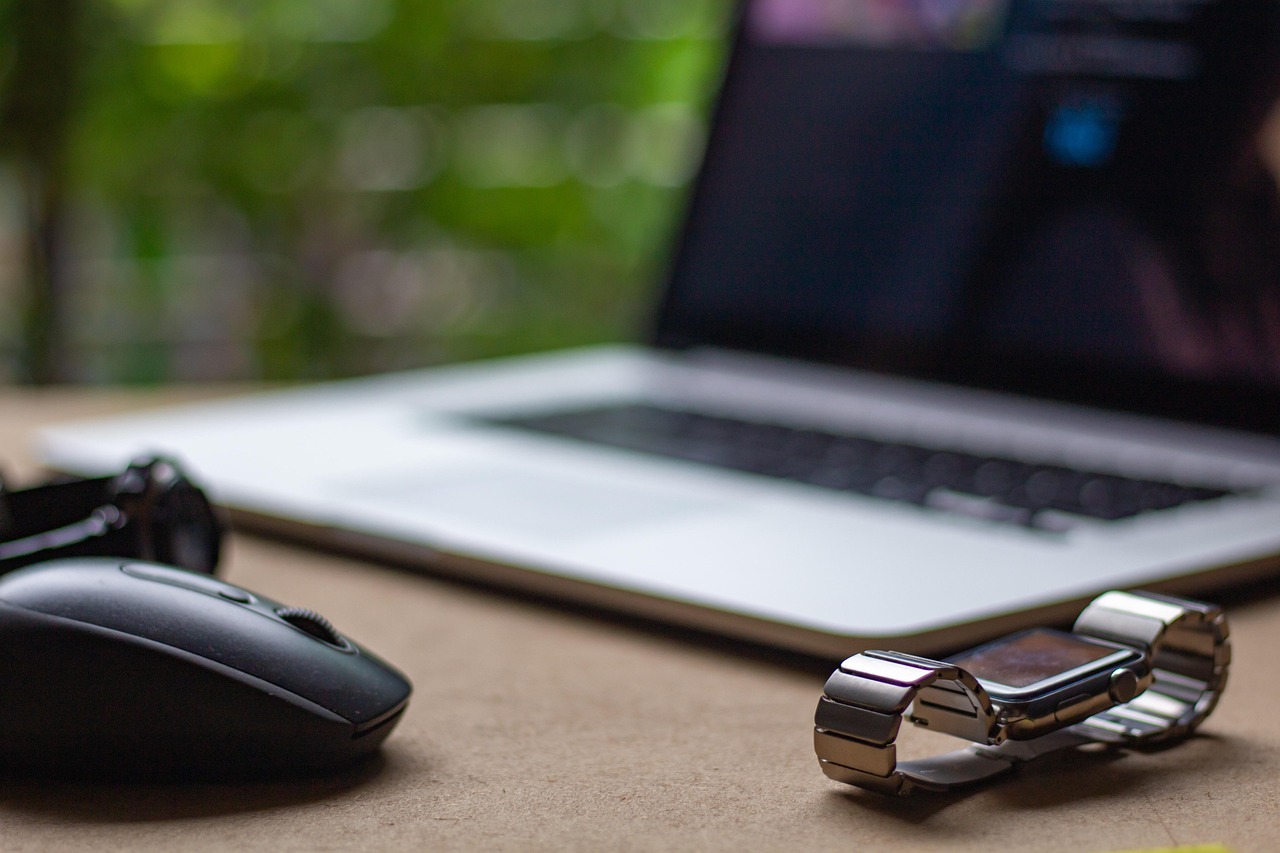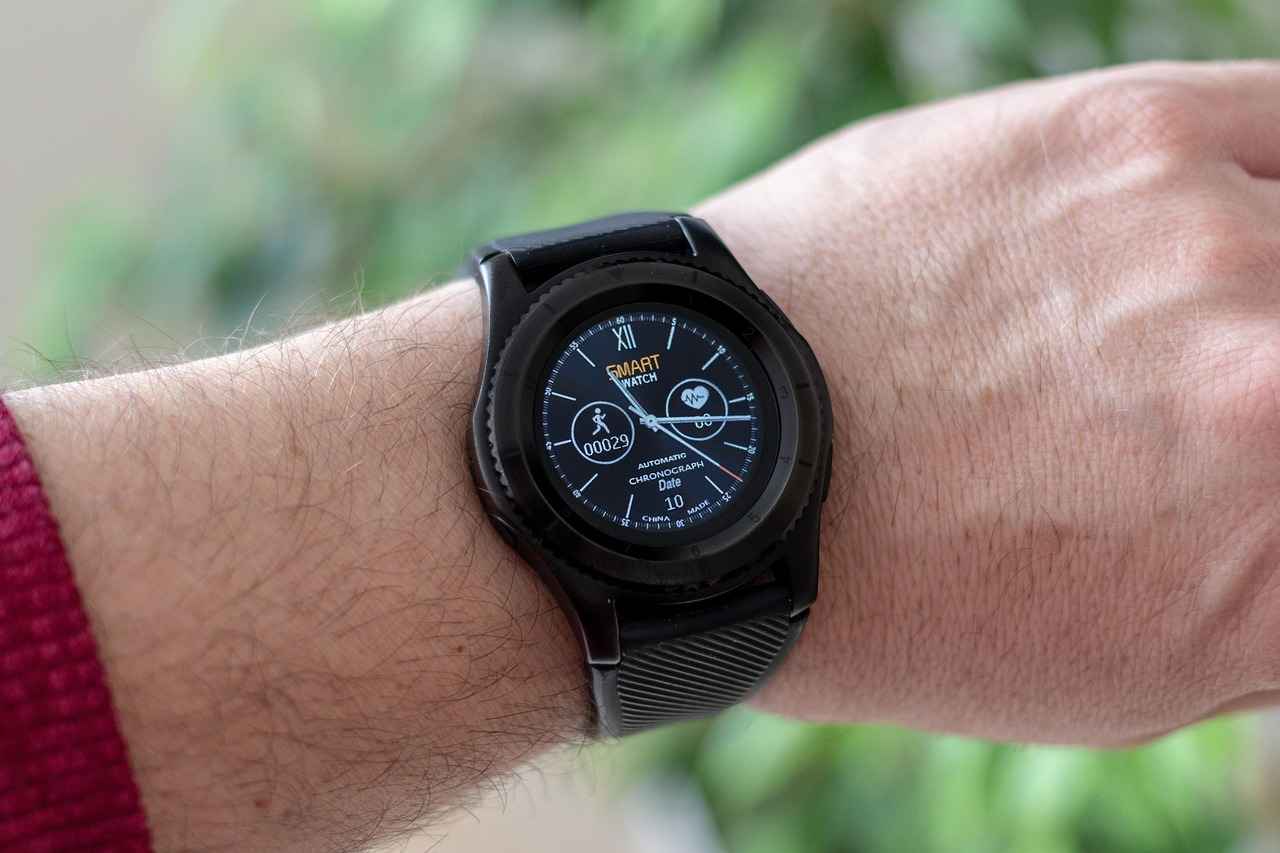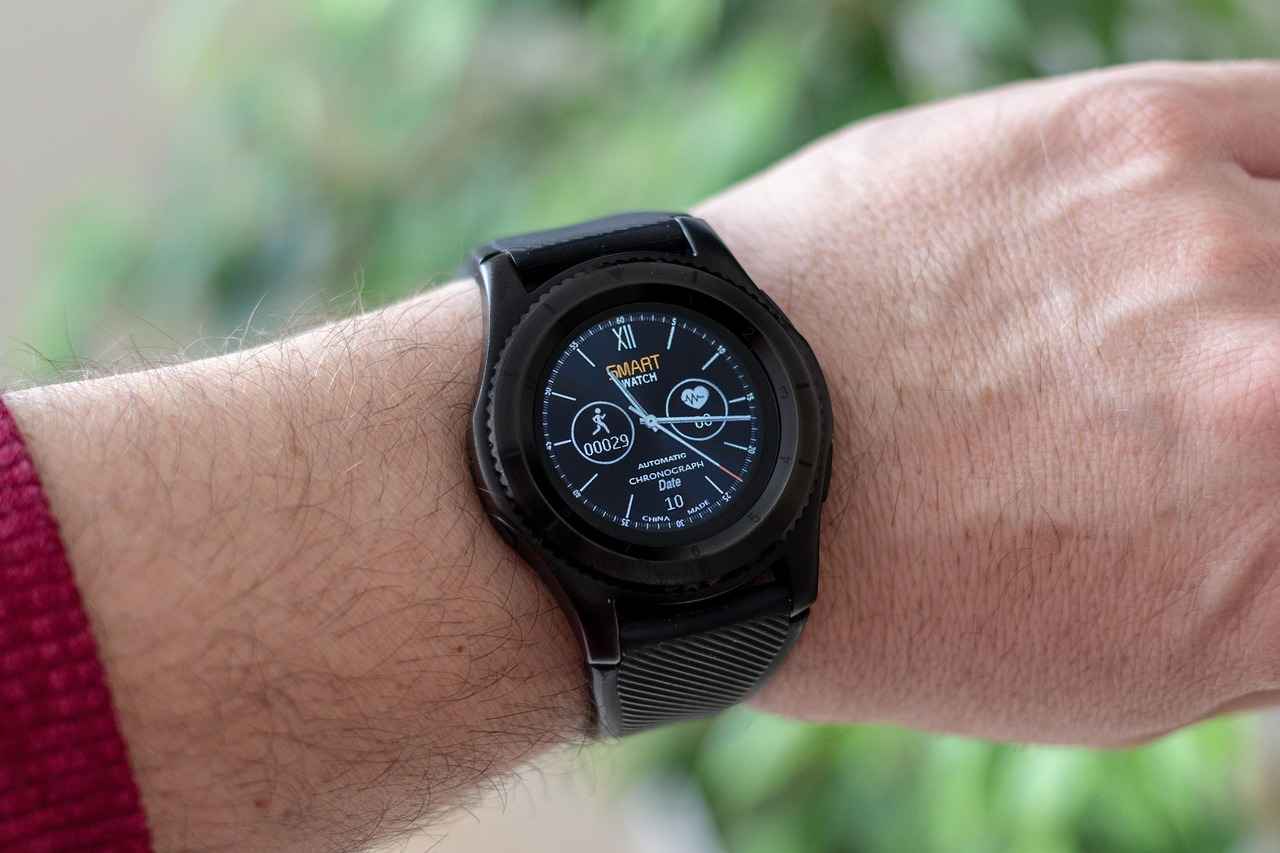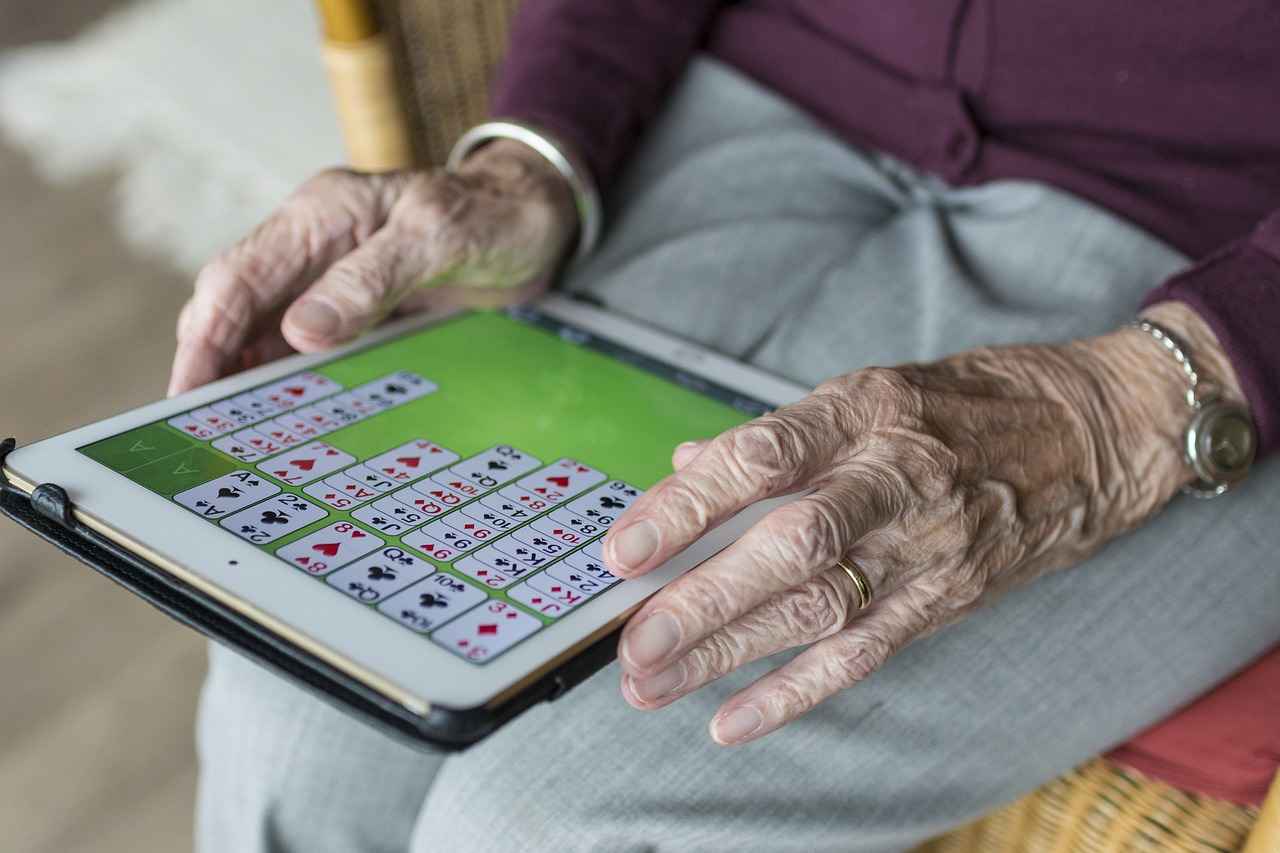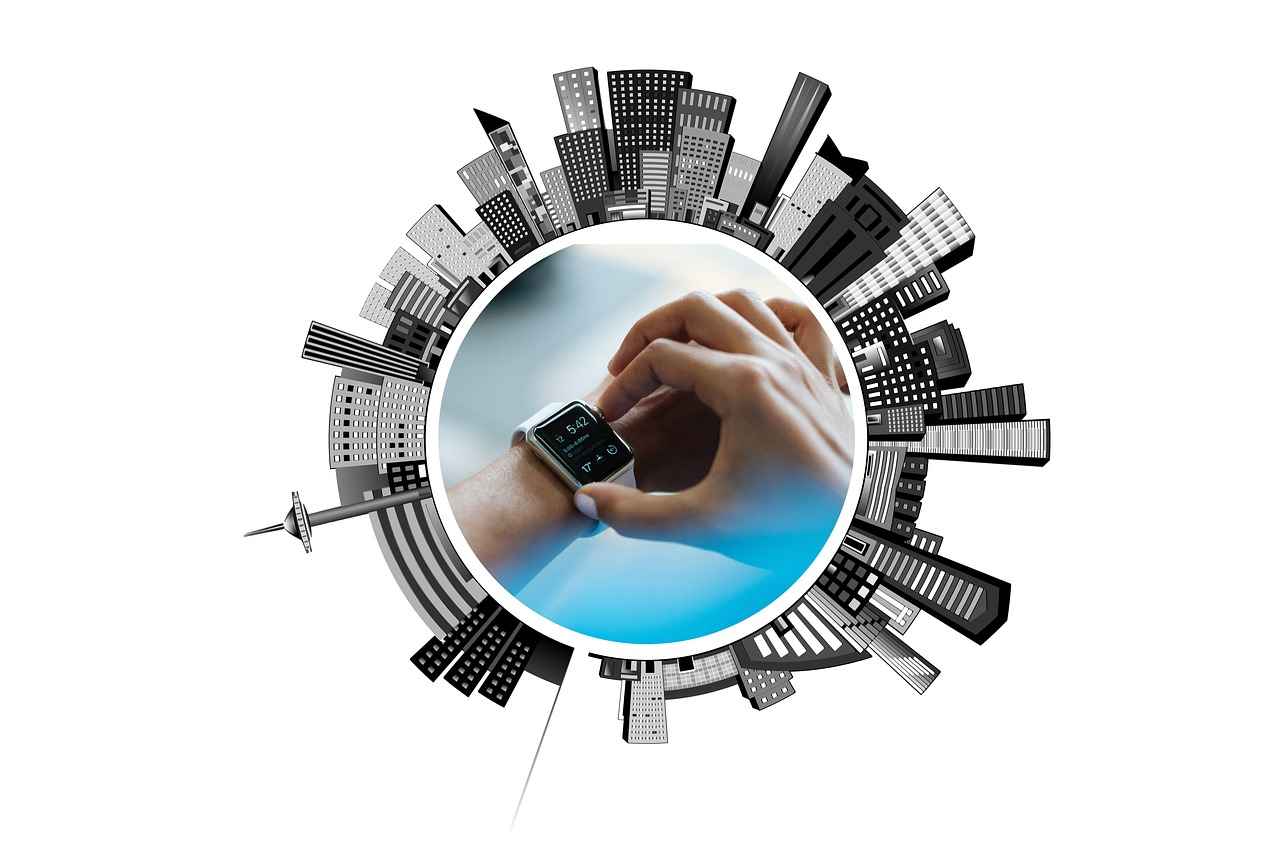This article explores the best smartwatches designed to help children learn time management skills. We’ll discuss features, benefits, and recommendations to empower parents in guiding their kids toward effective time use.
Why Smartwatches Are Ideal for Kids
Smartwatches offer unique features that make them ideal for teaching kids about time management. They provide interactive learning experiences while keeping children engaged and motivated to understand the concept of time. With vibrant displays and intuitive interfaces, these devices captivate young minds, making learning enjoyable.
Key Features to Look for in Kids’ Smartwatches
- User-Friendly Interfaces: A simple interface ensures that children can navigate the watch easily.
- Educational Apps: Look for watches that include apps focused on time management and learning.
- Parental Controls: Essential for monitoring usage and ensuring a safe learning environment.
Educational Apps and Games
Many smartwatches come equipped with educational apps and games that teach kids about time management. These interactive tools make learning fun and engaging, helping children grasp essential concepts more effectively. For instance, games that reward timely task completion can motivate kids to manage their time wisely.
Timer and Alarm Functions
Timers and alarms are crucial features that help kids develop a sense of time. These functions encourage children to manage tasks and responsibilities, promoting better time awareness and planning skills. Setting alarms for homework or chores instills a sense of accountability.
Calendar and Scheduling Tools
Smartwatches with calendar and scheduling tools allow kids to visualize their daily activities. This feature helps them prioritize tasks and understand the importance of planning their time efficiently. Children can learn to allocate time for homework, play, and chores, enhancing their organizational skills.
Parental Controls for Safety
Parental controls are essential for ensuring a safe smartwatch experience. These features allow parents to monitor usage and set limits, fostering responsible time management habits in children. Parents can establish rules around when and how long their children can use the device.
Top Smartwatch Brands for Kids
- Garmin: Known for durability and kid-friendly features, Garmin smartwatches often include fitness tracking, which encourages children to be active while learning about time management.
- VTech: Offers a range of smartwatches that combine fun with education, designed to engage children while teaching essential time management skills through interactive play.
How to Teach Kids Time Management Using Smartwatches
Parents can effectively teach time management skills by integrating smartwatches into daily routines. Practical strategies can enhance learning and help kids develop lifelong skills in managing their time.
Setting Daily Routines
Establishing daily routines with the help of a smartwatch can significantly improve a child’s time management skills. Consistency in routines teaches kids the importance of structure and planning, making them more adept at managing their time.
Encouraging Goal Setting
Smartwatches can facilitate goal setting by allowing kids to track their progress. Encouraging children to set and achieve small goals can foster a sense of accomplishment and responsibility in managing their time. By celebrating these achievements, parents can motivate their children to continue improving their time management skills.
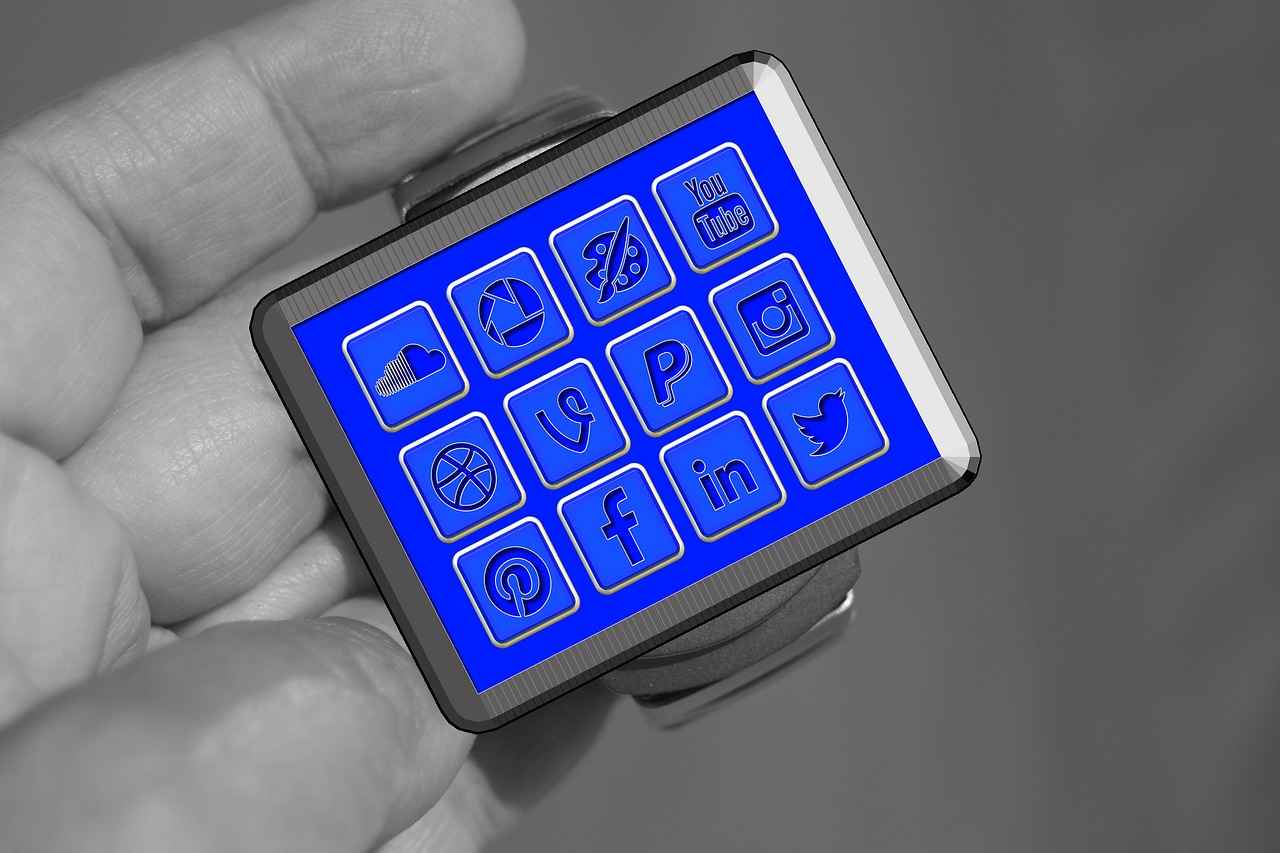
Why Smartwatches Are Ideal for Kids
Smartwatches have revolutionized the way children learn about time management. With their interactive features and engaging interfaces, these devices provide a unique platform for kids to grasp essential time concepts. Unlike traditional methods, smartwatches offer a hands-on approach that captivates young minds, making learning about time not only educational but also fun.
One of the standout features of smartwatches is their ability to create interactive learning experiences. Through games and challenges, children can practice time management skills in a playful manner. For instance, many smartwatches include built-in timers and alarms that help kids understand the passage of time by setting reminders for tasks or activities. This not only teaches them to be punctual but also instills a sense of responsibility.
Moreover, smartwatches often come equipped with educational apps that focus on time-related skills. These apps can guide children through various time management scenarios, allowing them to learn at their own pace. The gamification of learning encourages kids to engage with the material actively, which enhances retention and understanding.
Additionally, smartwatches provide a visual representation of time through colorful displays and intuitive interfaces. Children can easily see how much time is left for a particular task, helping them prioritize effectively. This visual aspect is crucial for younger learners who may struggle with abstract concepts.
Parental controls are another significant advantage of smartwatches. These features empower parents to monitor their children’s usage, ensuring that the learning experience remains safe and productive. By setting limits on screen time and tracking app usage, parents can guide their kids toward developing healthy time management habits.
In summary, smartwatches are not just gadgets; they are powerful educational tools that foster time management skills in children. By combining fun, interactivity, and parental oversight, these devices equip kids with the necessary tools to navigate their daily lives more effectively.

Key Features to Look for in Kids’ Smartwatches
When it comes to choosing the right smartwatch for children, parents should consider several key features that significantly enhance the learning experience. These features not only make the device user-friendly but also promote educational growth and safety.
- User-Friendly Interface: A smartwatch designed for kids should have a simple and intuitive interface. This allows children to navigate easily and engage with the device without frustration. A clear layout with large icons can help them focus on learning rather than struggling with technology.
- Educational Apps: Look for smartwatches that come pre-loaded with educational apps. These applications can teach children essential skills such as time management, math, and reading through interactive games and challenges. Engaging content keeps kids motivated and encourages continuous learning.
- Parental Controls: Safety is paramount when it comes to children’s devices. Smartwatches with robust parental controls enable parents to monitor app usage and set screen time limits. This feature ensures that children have a safe learning environment while developing responsible habits.
- Activity Tracking: Many smartwatches include fitness tracking features that encourage children to stay active. By integrating physical activity with time management, kids learn the importance of balancing their daily routines with exercise.
- Timers and Alarms: The ability to set timers and alarms is crucial for helping children understand the concept of time. These features can assist them in managing tasks such as homework or chores, fostering better time awareness and planning skills.
- Calendar and Scheduling Tools: Smartwatches equipped with calendar features allow kids to visualize their daily activities. This helps them prioritize tasks and understand the significance of managing their time efficiently.
In summary, selecting a smartwatch for children involves considering several essential features that contribute to their learning and development. By prioritizing user-friendly interfaces, educational content, and safety measures, parents can ensure their children have a positive and enriching experience.
Educational Apps and Games
In today’s digital age, smartwatches have become more than just timekeeping devices; they are powerful tools for education, especially for children. Many smartwatches are equipped with a variety of educational apps and games specifically designed to teach kids about time management. These interactive platforms not only make learning enjoyable but also help children grasp essential concepts more effectively.
One of the significant advantages of these educational tools is their ability to engage children through interactive gameplay. For instance, apps that simulate real-life scenarios, such as managing a schedule or completing tasks within a set timeframe, can help children understand the importance of time allocation. By presenting challenges in a fun way, kids are more likely to stay motivated and retain the information they learn.
Moreover, many of these apps incorporate visual aids and reward systems that encourage children to complete tasks. For example, a game might reward kids with points or badges for successfully managing their time during a simulated day. This gamification of learning not only makes it enjoyable but also reinforces positive behaviors related to time management.
Additionally, smartwatches often come with customizable reminders and alerts that can assist children in developing a sense of time. These features can be integrated into educational games, where children need to complete tasks before a timer runs out, thereby enhancing their awareness of time limits and deadlines.
In summary, the combination of educational apps and games on smartwatches provides children with a unique opportunity to learn about time management in a fun and engaging manner. By leveraging these tools, parents can help their kids develop essential skills that will serve them well throughout their lives.
Timer and Alarm Functions
in smartwatches play a vital role in teaching children the significance of time management. These features not only assist kids in understanding the passage of time but also instill a sense of responsibility and self-discipline. By using timers, children can learn to break tasks into manageable segments, making daunting chores feel more achievable.
For instance, when a child sets a timer for homework, they can focus their attention on the task at hand, knowing they have a set period to complete it. This practice promotes effective work habits and encourages them to manage their time wisely. Additionally, alarms can serve as reminders for various activities throughout the day, such as meal times, playtime, or even bedtime. This repetition reinforces the importance of adhering to a schedule, ultimately helping children cultivate a structured daily routine.
Moreover, these functions can be integrated into fun and interactive learning experiences. Many smartwatches come with customizable alarm sounds or visual cues that make the process enjoyable for kids. For example, a child might choose a favorite character’s voice for their alarm, making waking up or transitioning between activities feel less like a chore and more like an exciting event.
Furthermore, parents can leverage these features to teach their children about prioritizing tasks. By setting multiple alarms for different activities, kids learn to recognize the importance of each task and how to allocate their time effectively. This practice not only enhances their time awareness but also prepares them for future responsibilities in school and beyond.
In summary, the timer and alarm functions in children’s smartwatches are essential tools for fostering a strong foundation in time management. By encouraging kids to use these features, parents can help them develop valuable skills that will benefit them throughout their lives.
Calendar and Scheduling Tools
Smartwatches equipped with calendar and scheduling tools serve as valuable resources for children to manage their daily activities effectively. These innovative features allow kids to visualize their schedules, making it easier for them to prioritize tasks and allocate their time wisely. By having a clear overview of their day, children can learn the significance of planning ahead and develop essential time management skills.
One of the primary advantages of using smartwatches for scheduling is that they offer a visual representation of time. Children can see how their day is structured, which helps them understand the flow of time and the importance of sticking to a routine. For instance, when kids can view their upcoming classes, chores, and leisure activities all in one place, they are more likely to stay organized and focused.
Moreover, the interactive nature of these devices encourages children to engage with their schedules actively. Many smartwatches allow users to set reminders for tasks, which can help reinforce the habit of checking their calendars regularly. This practice not only aids in completing tasks on time but also instills a sense of responsibility in children regarding their commitments.
Additionally, smartwatches can facilitate discussions between parents and children about time management. Parents can review the child’s schedule together, helping them understand how to balance schoolwork, extracurricular activities, and personal time. This collaborative approach enhances communication and allows parents to guide their children in making informed decisions about their time.
In conclusion, smartwatches with calendar and scheduling tools are instrumental in teaching kids the importance of time management. By visualizing their daily activities, children can learn to prioritize effectively while developing a proactive approach to managing their time.
Parental Controls for Safety
Parental controls are a vital aspect of modern smartwatches designed for children. With the increasing integration of technology in daily life, ensuring a safe and secure experience for kids is paramount. These controls empower parents to monitor their child’s smartwatch usage effectively, providing peace of mind while fostering independence.
One of the primary benefits of parental controls is the ability to set usage limits. Parents can define how much time their children can spend on the device each day. This feature not only helps in managing screen time but also encourages children to develop responsible time management habits. By learning to balance their smartwatch usage with other activities, kids can cultivate a healthier relationship with technology.
Additionally, many smartwatches come equipped with features that allow parents to track their child’s location. This function is particularly useful for ensuring safety, as parents can monitor where their children are throughout the day. Knowing that they can keep an eye on their child’s whereabouts adds an extra layer of security, especially for younger kids who may be exploring their independence.
Another critical aspect of parental controls is the ability to manage content access. Parents can restrict certain apps or features that may not be appropriate for their child’s age. This control ensures that children are only exposed to suitable content, creating a safer digital environment. Furthermore, it encourages kids to focus on educational apps and games that promote learning rather than distractions.
Incorporating these parental control features not only enhances the safety of smartwatch usage but also aids in teaching children about responsibility. As parents set boundaries and guidelines, children learn the importance of self-regulation and the consequences of their choices. Overall, parental controls play a crucial role in fostering a secure and educational smartwatch experience for kids.

Top Smartwatch Brands for Kids
When it comes to selecting the best smartwatches for children, several brands have emerged as leaders in the market, each offering unique features tailored to enhance a child’s learning experience. Understanding the strengths of these brands can empower parents to make informed decisions based on their child’s specific needs and preferences.
- Garmin: Renowned for its durability and kid-friendly technology, Garmin smartwatches often come equipped with fitness tracking capabilities. This encourages children to stay active while learning about time management. The user-friendly interface enhances their engagement, making it easier for kids to navigate through various features.
- VTech: VTech smartwatches are designed to be both fun and educational. With interactive games and activities, these devices teach children essential time management skills in an enjoyable manner. The combination of play and learning makes VTech a popular choice among parents.
- LeapFrog: LeapFrog focuses on interactive learning through its smartwatches. Their devices often feature educational content that helps children grasp the concept of time while engaging them in various activities. The emphasis on learning through play is a significant draw for parents seeking effective educational tools.
- Fitbit: While primarily known for fitness tracking, Fitbit has expanded its offerings to include smartwatches designed for children. These devices encourage physical activity and provide features that help kids learn about time management through goal-setting and progress tracking.
- Apple: Although more expensive, Apple smartwatches offer a comprehensive ecosystem that integrates seamlessly with other Apple devices. The educational apps available on the platform can help children develop time management skills while enjoying a range of interactive features.
By understanding the unique offerings of each brand, parents can select a smartwatch that not only fits their child’s needs but also promotes effective time management skills. This thoughtful approach ensures that children are equipped with the tools they need to navigate their daily activities successfully.
Garmin: A Leader in Kid-Friendly Tech
Garmin has established itself as a prominent player in the realm of kid-friendly technology, particularly with its line of smartwatches designed specifically for children. These devices are not only durable but also packed with features that cater to the unique needs of young users.
One of the standout aspects of Garmin smartwatches is their fitness tracking capabilities. By integrating activity monitoring into their devices, Garmin encourages children to engage in physical activities while also learning essential time management skills. This dual approach helps kids understand the significance of balancing play and responsibilities.
Additionally, Garmin smartwatches often come equipped with interactive features that promote learning through play. For instance, many models include games and challenges that require children to manage their time effectively to achieve specific goals. This not only makes the learning process enjoyable but also instills a sense of accomplishment as they complete tasks.
User-friendly interfaces are another hallmark of Garmin smartwatches. Designed with children in mind, these interfaces are intuitive and easy to navigate, allowing kids to explore the various functions without frustration. This accessibility is crucial for fostering independence and confidence in managing their time.
Moreover, Garmin smartwatches are equipped with parental controls, which provide an added layer of safety. Parents can monitor their child’s activity, set limits on screen time, and ensure that their kids are using the device responsibly. This feature not only safeguards children but also promotes a healthy relationship with technology.
In summary, Garmin smartwatches stand out as a leading choice for parents looking to equip their children with tools that enhance time management skills. With a focus on durability, fitness tracking, interactive learning, and safety features, Garmin continues to lead the way in kid-friendly tech.
VTech: Fun and Educational Options
VTech is a leading brand in the realm of children’s technology, renowned for its commitment to creating products that are both entertaining and educational. Their range of smartwatches is particularly noteworthy as they successfully blend interactive play with essential life skills, especially in the area of time management.
One of the standout features of VTech smartwatches is their user-friendly interface. Designed with children in mind, these devices are intuitive and easy to navigate, allowing kids to explore various functions without frustration. This accessibility ensures that children can focus on learning rather than struggling with technology.
The inclusion of educational apps is another significant advantage. VTech smartwatches come pre-loaded with engaging games and activities that teach children about time concepts in a fun way. For instance, games that require kids to complete tasks within a certain timeframe help them understand the importance of punctuality and planning.
Additionally, VTech smartwatches feature timer and alarm functions, which are crucial for developing a child’s sense of time. By setting alarms for different activities, kids learn to manage their schedules effectively. This feature encourages them to take responsibility for their time and understand the significance of deadlines.
Moreover, VTech smartwatches often include calendar and scheduling tools, enabling children to visualize their daily tasks. This functionality not only helps them prioritize their activities but also instills a sense of organization, which is vital for effective time management.
For parents, VTech ensures a safe experience with robust parental controls. These features allow caregivers to monitor their child’s usage and set appropriate limits, promoting responsible habits. By guiding children in using their smartwatches wisely, parents can reinforce lessons about time management.
In summary, VTech smartwatches are an excellent choice for parents looking to combine fun with learning. With their engaging features and educational focus, these devices empower children to develop essential time management skills while enjoying their daily activities.

How to Teach Kids Time Management Using Smartwatches
Teaching children effective time management skills is essential for their development and success. One innovative way to achieve this is by integrating smartwatches into their daily routines. These devices not only provide a fun and interactive learning experience but also help children grasp the concept of time in a practical manner.
To begin with, parents can utilize smartwatches to establish daily routines. By setting up alarms and reminders for various tasks, children learn to manage their time effectively. For instance, scheduling time for homework, play, and chores helps kids understand the importance of balancing different activities. This structured approach instills a sense of responsibility and enhances their ability to plan ahead.
Additionally, smartwatches often come equipped with goal-setting features. Parents can encourage their children to set achievable daily or weekly goals, such as completing homework on time or practicing a musical instrument. By tracking their progress through the smartwatch, children experience a sense of accomplishment, which further motivates them to manage their time wisely.
Another effective strategy is to use the timer and alarm functions available on most smartwatches. These features can be utilized for timed study sessions or breaks, teaching kids how to allocate their time efficiently. For example, using a timer for 25 minutes of focused work followed by a 5-minute break can enhance concentration and productivity.
Moreover, incorporating educational apps into the smartwatch experience can make learning about time management engaging. Many apps are designed to teach kids essential skills in a fun way, turning the learning process into an enjoyable experience. This interactive element keeps children motivated and eager to learn.
Lastly, parental controls are vital for ensuring a safe and constructive experience. Parents can monitor their child’s smartwatch usage, setting limits that encourage responsible behavior. This oversight helps children understand the importance of moderation and self-discipline in managing their time.
By leveraging smartwatches, parents can effectively teach their children the invaluable skill of time management, equipping them with the tools they need for a successful future.
Setting Daily Routines
Establishing daily routines is crucial for children’s development, and incorporating a smartwatch can make this process both engaging and effective. By using a smartwatch, parents can help their children develop essential time management skills that will serve them well throughout their lives. The consistency provided by a structured routine teaches kids the importance of planning and organization.
When children have a clear daily schedule, they learn to allocate time for various activities, such as homework, chores, and leisure. Smartwatches can assist in this by providing reminders and alerts for each task, ensuring that children stay on track. For example, a smartwatch can vibrate to signal the end of playtime, prompting a smooth transition to homework or bedtime routines.
- Visual Cues: Smartwatches often feature colorful displays and engaging interfaces that make it easier for children to understand their schedules. Visual aids can significantly enhance a child’s ability to follow a routine.
- Interactive Features: Many smartwatches come with interactive tools that encourage children to check off completed tasks, reinforcing a sense of accomplishment and responsibility.
- Routine Customization: Parents can customize routines based on their child’s unique needs and preferences. This personalization makes it more likely that children will adhere to their schedules.
Moreover, the use of a smartwatch fosters independence. As children learn to manage their time without constant parental reminders, they gain confidence in their ability to handle responsibilities. This independence is vital for their growth and development.
Incorporating a smartwatch into daily routines not only enhances time management skills but also prepares children for future challenges. By establishing these habits early on, parents can equip their children with the tools they need to succeed in an increasingly fast-paced world.
Encouraging Goal Setting
Encouraging children to set and achieve goals is a fundamental aspect of fostering their independence and responsibility. Smartwatches serve as an excellent tool in this process, providing a platform for kids to track their progress and celebrate their achievements. By integrating goal-setting features, these devices empower children to take charge of their time management skills.
One of the most effective ways to encourage goal setting is through visual tracking. Many smartwatches come equipped with features that allow kids to monitor their progress toward specific objectives. For instance, children can set daily activity goals, such as walking a certain number of steps or completing a specific number of homework tasks. As they see their progress displayed on the watch, it instills a sense of accomplishment that motivates them to continue striving for their goals.
Moreover, small, achievable goals can significantly impact a child’s self-esteem and motivation. By breaking down larger tasks into manageable steps, children can experience frequent success, which reinforces positive behavior and responsibility. For example, a child might aim to read for 15 minutes each day. With reminders and tracking features on their smartwatch, they can easily visualize their progress and feel proud of their consistency.
Additionally, parents can play a crucial role in this process by helping their children set realistic goals. Engaging in discussions about what is achievable and encouraging children to reflect on their progress can enhance their understanding of time management. This collaborative approach not only strengthens the parent-child bond but also teaches children valuable decision-making skills.
In summary, using smartwatches to encourage goal setting in children can lead to enhanced time management skills. By enabling kids to track their progress visually and set achievable goals, parents can foster a sense of responsibility and accomplishment that will benefit them throughout their lives.
Frequently Asked Questions
- What age is appropriate for kids to start using smartwatches?
Generally, kids aged 5 and up can benefit from using smartwatches. It’s a great way for them to learn time management skills while having fun!
- Are smartwatches safe for kids?
Yes! Many smartwatches come with parental controls, allowing parents to monitor usage and set limits, ensuring a safe experience for children.
- Can smartwatches really help kids with time management?
Absolutely! Features like timers, alarms, and scheduling tools help kids visualize their time, making it easier for them to manage tasks and responsibilities.
- What features should I look for in a kids’ smartwatch?
Look for user-friendly interfaces, educational apps, fitness tracking, and parental controls. These features enhance learning and make the smartwatch engaging!
- How can I encourage my child to use their smartwatch effectively?
Integrate it into daily routines, set goals together, and encourage them to track their progress. This fosters responsibility and makes time management a fun challenge!

